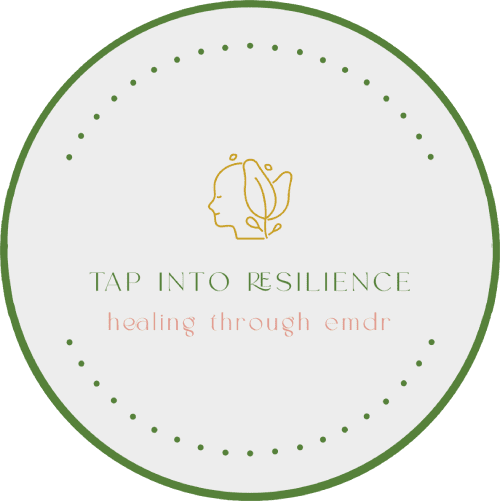Relaxation techniques typically involve redirecting your attention towards calming stimuli and cultivating body awareness. The specific technique you choose is not as important as consistently practicing relaxation to experience its benefits.
Techniques to Try:
Autogenic Relaxation: This method taps into your inner resources. By employing visual imagery and body awareness, you can reduce stress. By repeating soothing words or suggestions mentally, you can aid relaxation and alleviate muscle tension. For instance, you may visualize a serene setting while focusing on slowing your heart rate, relaxing your breathing, or experiencing physical sensations like systematically relaxing each limb.
Progressive Muscle Relaxation: With this technique, you concentrate on gradually tensing and releasing different muscle groups. This practice enhances your awareness of the contrast between muscle tension and relaxation. You can start by tensing and relaxing the muscles in your toes and progress upwards to your neck and head, or vice versa. Find a quiet space to minimize distractions. Tense each muscle group for approximately five seconds, then relax for 30 seconds before repeating the process.
Visualization: This relaxation technique involves creating mental images that transport you to a tranquil and calming place or scenario. To effectively relax through visualization, engage as many senses as possible, such as smell, sight, sound, and touch. For example, if you imagine being at the beach, focus on the scent of saltwater, the sound of waves crashing, and the warmth of the sun on your skin. Find a quiet spot, close your eyes, loosen any restrictive clothing, and center your attention on your breathing. Aim to live in the present moment and foster positive thoughts.
Other Relaxation Techniques Worth Exploring Include:
- Deep breathing
- Massage
- Meditation
- Tai chi
- Yoga
